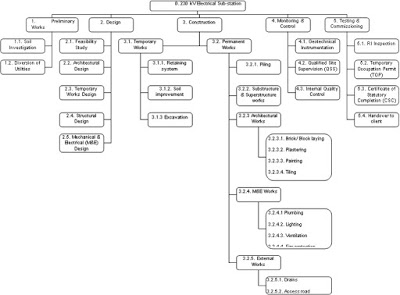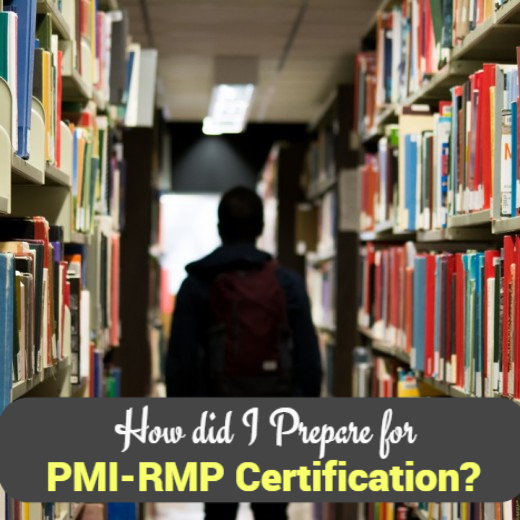In the fast-paced world of business, understanding and managing costs is fundamental to maintaining profitability and staying competitive. Among these costs, variable costs play a crucial role because they fluctuate directly with the level of production or sales.
August 23, 2021
5 Steps to Choosing the Right Remote Employee Monitoring Software
By
With
0 comment:
Running a business is extremely challenging, particularly when you have a growing company and want to expand your team. With remote working becoming the new norm, there is a greater need for remote employee monitoring software because this can help a business ensure its overall security, performance and health.
December 17, 2020
How innovation can come from emergent change
By
With
0 comment:
Change Management Specialists will be familiar with planned change strategies; however, they will also need to deal with emergent change at times. These emergent changes do not afford those involved with same degree of planning, reaction time. What’s more, they often involve looking for answers for problems and issues that haven’t been dealt with before; answers that require a degree of creativity and stepping outside of comfort zones to get the job done.
Work Breakdown Structure (WBS) in Project Management
By
With
1 comment:
The Work Breakdown Structure (WBS) is a hierarchical decomposition of the total scope of the project. While creating WBS, we sub-divide the project scope into smaller, more manageable components. Each descending level of WBS represents an increasing level of details of the project.
The lowest level of WBS are known as work packages. The decomposition in WBS happens to the level for which cost and duration can be estimated and managed. Adequate care should be taken as excessive decomposition might lead to non-productive management effort, inefficient use of resources, decreased efficiency in performing the work and difficulty in schedule and cost estimates.
A sample, simplified version of work breakdown structure (WBS) is shown below for a construction project. You can create similar work breakdown structure in software project management or any other project you are working on.
The lowest level of WBS are known as work packages. The decomposition in WBS happens to the level for which cost and duration can be estimated and managed. Adequate care should be taken as excessive decomposition might lead to non-productive management effort, inefficient use of resources, decreased efficiency in performing the work and difficulty in schedule and cost estimates.
A sample, simplified version of work breakdown structure (WBS) is shown below for a construction project. You can create similar work breakdown structure in software project management or any other project you are working on.
Characteristics or Benefits of Work Breakdown Structure (WBS) in Software Project Management
The following are some of the characteristics of benefits of using Work Breakdown Structure (WBS) in Software Project Management:- The WBS serves as an effective communication tool among various stakeholders involved in the project
- The WBS components represent verifiable products, services or results.
- The WBS include all product and project scope, including the project management work.
- The WBS should ensure that all necessary work is performed, but no extra work is performed. This is known as the 100 percent rule.
- The WBS allows team buy-in of all the work to be performed in the project. It allows team members to understand how their individual contribution fits in the overall project scenario
- The WBS is the foundation for all project management planning. It provides the framework for the schedule and cost management plans, allowing for consistency with the estimates, schedules, budgets and control. One of the key reasons for excessive changes in a project
- The WBS provides the relationships among all the components of the project and the project deliverables.
- The WBS provides a structured depiction of what has to be delivered by the project.
5 steps to creating Work Breakdown Structure (WBS)
The typical steps required to create a work breakdown structure is as follows:- Identifying and analyzing the project deliverables
- Organizing the WBS structure
- Decomposing the project deliverables to the level of work packages
- Developing and assigning identification codes to the WBS components (Code of Accounts is a numbering system used to uniquely identify each component of the work breakdown structure)
- Verification of the created WBS
What is Scope Baseline?
Scope Baseline includes the following components:- Project scope statement
- WBS and
- WBS dictionary



